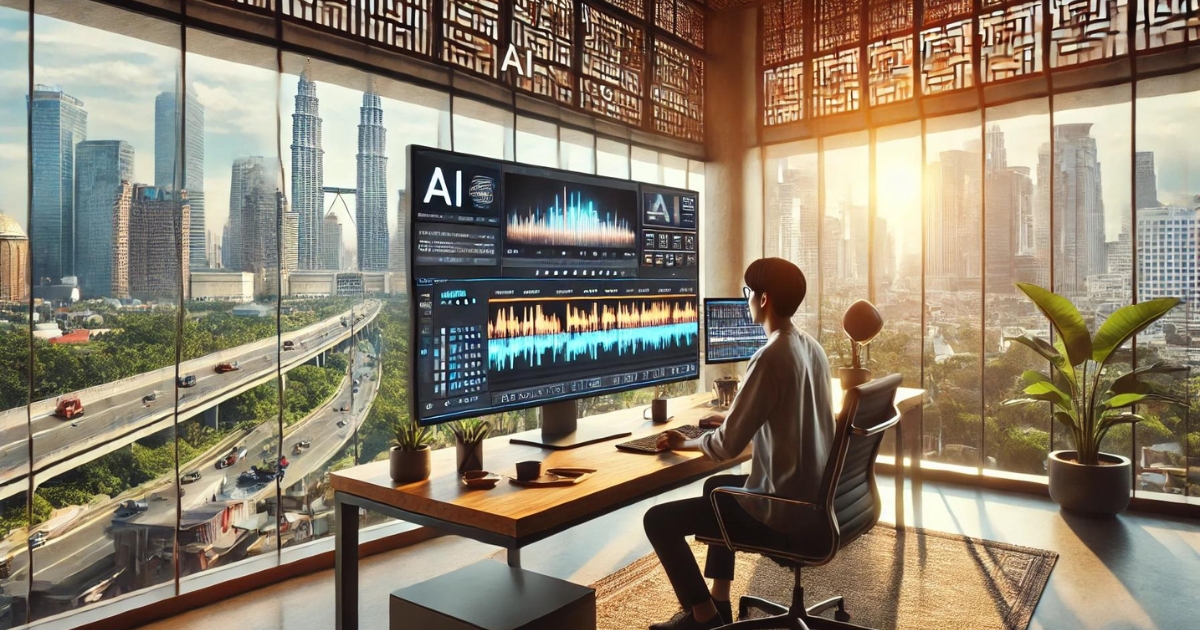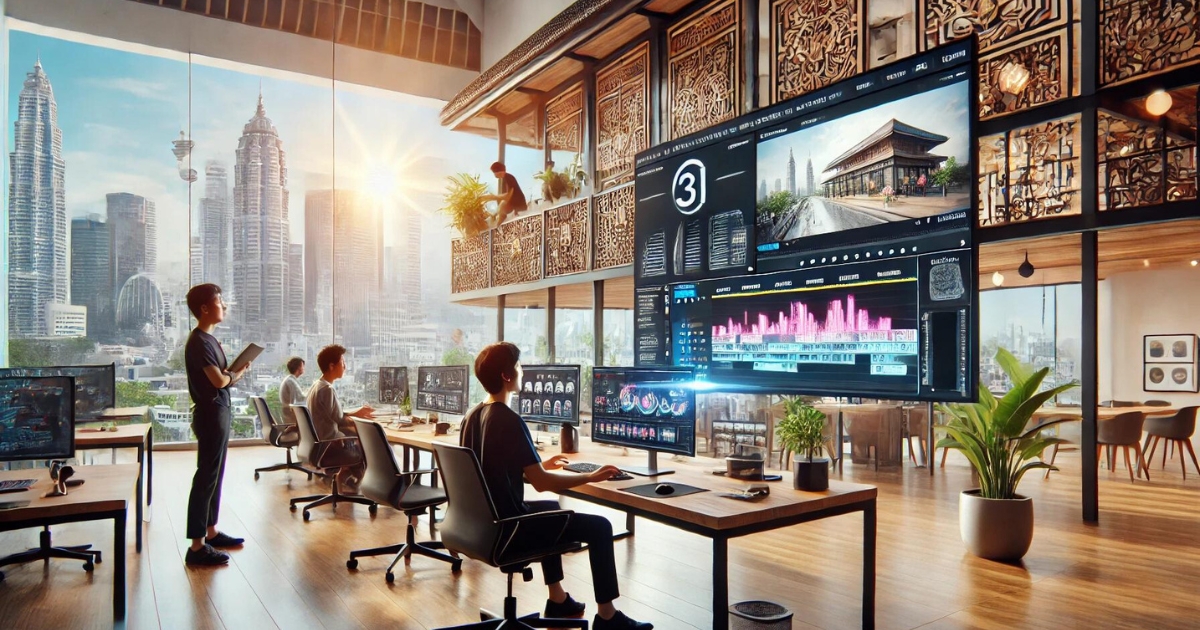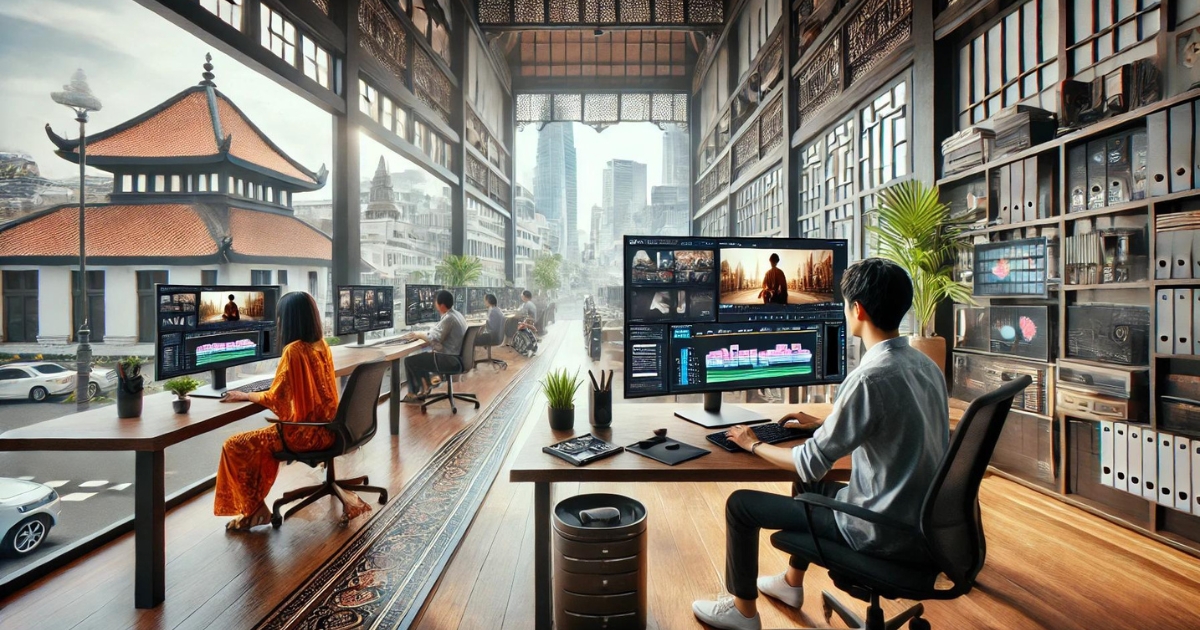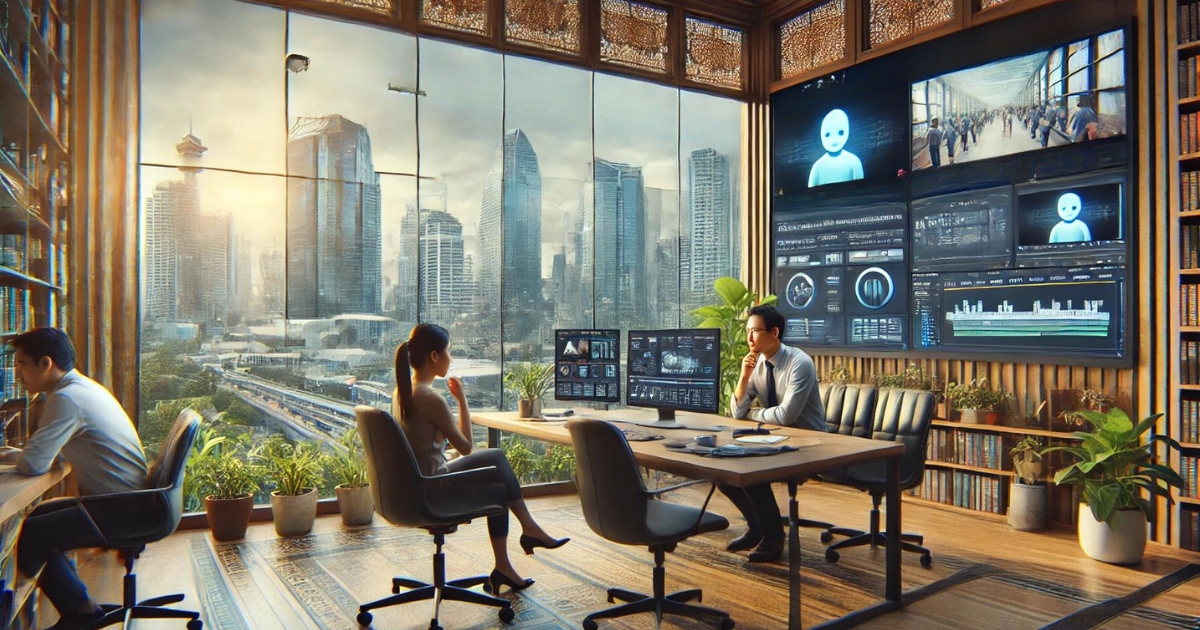The Role of AI in Video Error Detection
Identifying Common Video Errors
AI technology has become a game-changer in spotting video errors. It can detect issues like frame drops, colour inconsistencies, and audio mismatches. AI’s ability to quickly identify these problems helps in maintaining high video quality.
AI Algorithms for Video Analysis
AI uses advanced algorithms to analyse videos frame by frame. These algorithms can spot even the smallest errors that might be missed by human eyes. The use of machine learning allows AI to improve its accuracy over time, making it a reliable tool for video analysis.
Benefits of Automated Video Error Detection
Automated video error detection saves time and reduces the need for manual checks. It ensures that videos are free from errors before they are published. This not only improves the viewer’s experience but also enhances the overall quality of the content.
Techniques for Correcting Video Errors Using AI
Frame-Level Corrections
AI can fix errors in individual frames of a video. This means it can correct things like colour issues or blurry images. By focusing on each frame, AI ensures that the video looks good throughout. This is very useful for fixing small mistakes that might be missed by the human eye.
Shot-Level Adjustments
Sometimes, errors happen in a whole shot, not just one frame. AI can look at the entire shot and make changes to improve it. This might include fixing lighting problems or making sure the colours match from one shot to the next. Shot-level adjustments help keep the video looking consistent.
Real-Time Error Correction
One of the coolest things AI can do is fix errors while the video is playing. This is called real-time error correction. It means that if something goes wrong during a live broadcast, AI can fix it right away. This makes live videos look much better and more professional.
Customising AI for Specific Video Needs
Creating Custom Entity Labels
AI can be tailored to meet specific video needs by creating custom entity labels. This allows the AI to recognise unique objects, places, or actions that are not covered by predefined labels. Custom labels ensure that the AI can accurately identify and categorise content that is unique to a particular project or industry.
Training AI Models with AutoML
Using AutoML, even those with minimal machine learning experience can train AI models. AutoML provides a graphical interface that simplifies the process of creating custom models. This makes it easier to classify and track objects within videos, ensuring that the AI is well-suited to the specific requirements of the task at hand.
Enhancing Customer Experience with AI
AI can significantly enhance the customer experience by creating engaging content. For example, AI can generate highlight reels or make recommendations based on video analysis. This not only makes the content more engaging but also helps in retaining the audience’s attention. Real-time insights and object-based event triggers further add to the interactive experience, making the content more dynamic and appealing.
Challenges and Ethical Considerations
Limitations of AI in Video Correction
AI technology, while powerful, has its limitations. It can struggle with complex scenes or unusual video errors that it hasn’t been trained to recognise. AI systems may not always understand the context, leading to mistakes that a human would easily avoid. This limitation means that AI cannot completely replace human oversight in video correction.
Ethical Concerns in AI Usage
The use of AI in video correction raises several ethical issues. One major concern is privacy. AI systems often need access to large amounts of data, which can include personal information. If mishandled, this data could be misused, leading to privacy violations. Additionally, there is the risk of bias in AI algorithms, which can result in unfair treatment of certain groups.
Balancing Automation and Human Oversight
While AI can automate many aspects of video correction, it is crucial to maintain a balance between automation and human oversight. Human judgement is essential to ensure that the corrections made by AI are appropriate and ethical. This balance helps to mitigate the risks associated with AI, ensuring that the technology is used responsibly and effectively.
Conclusion
In summary, AI technology has made significant strides in detecting and correcting video errors. It can identify a wide range of issues, from minor glitches to more complex problems like DeepFakes. By using advanced algorithms, AI can analyse videos frame by frame, ensuring high accuracy and efficiency. However, it’s important to remember that AI is not perfect. It relies heavily on the quality of the data it is trained on and can sometimes miss more intricate errors. Despite these challenges, the benefits of using AI in video correction are clear. It saves time, reduces human error, and can handle large volumes of data quickly. As AI continues to evolve, we can expect even more improvements in its ability to detect and fix video errors, making it an invaluable tool for content creators and consumers alike.






